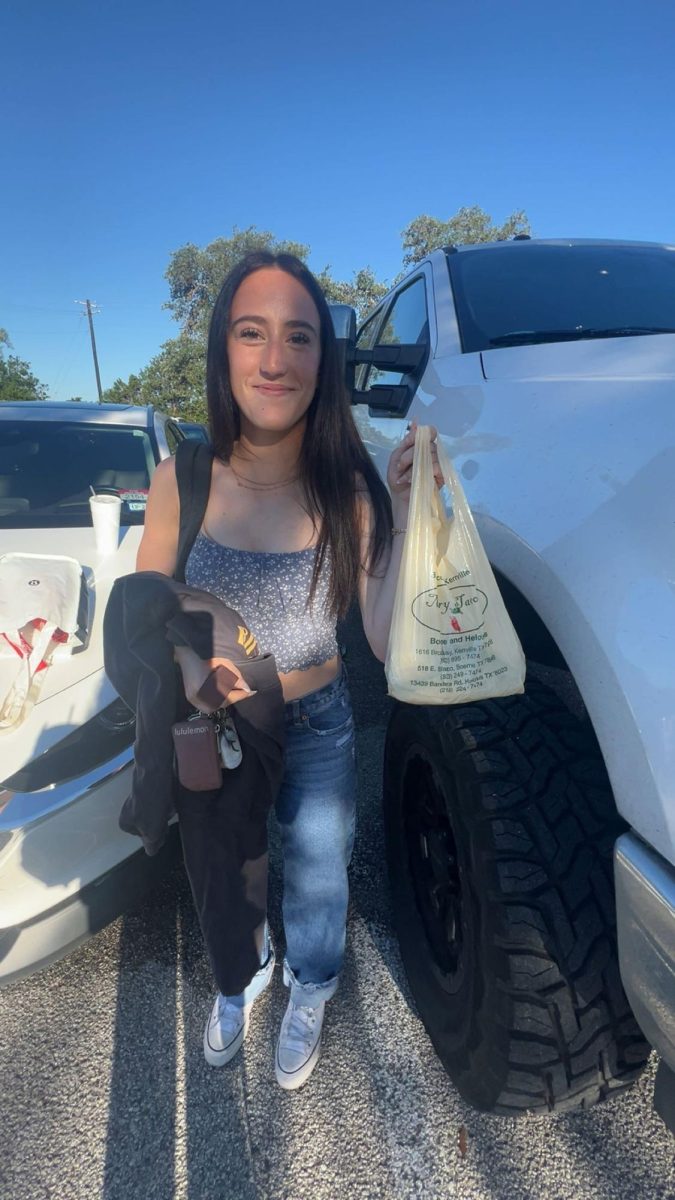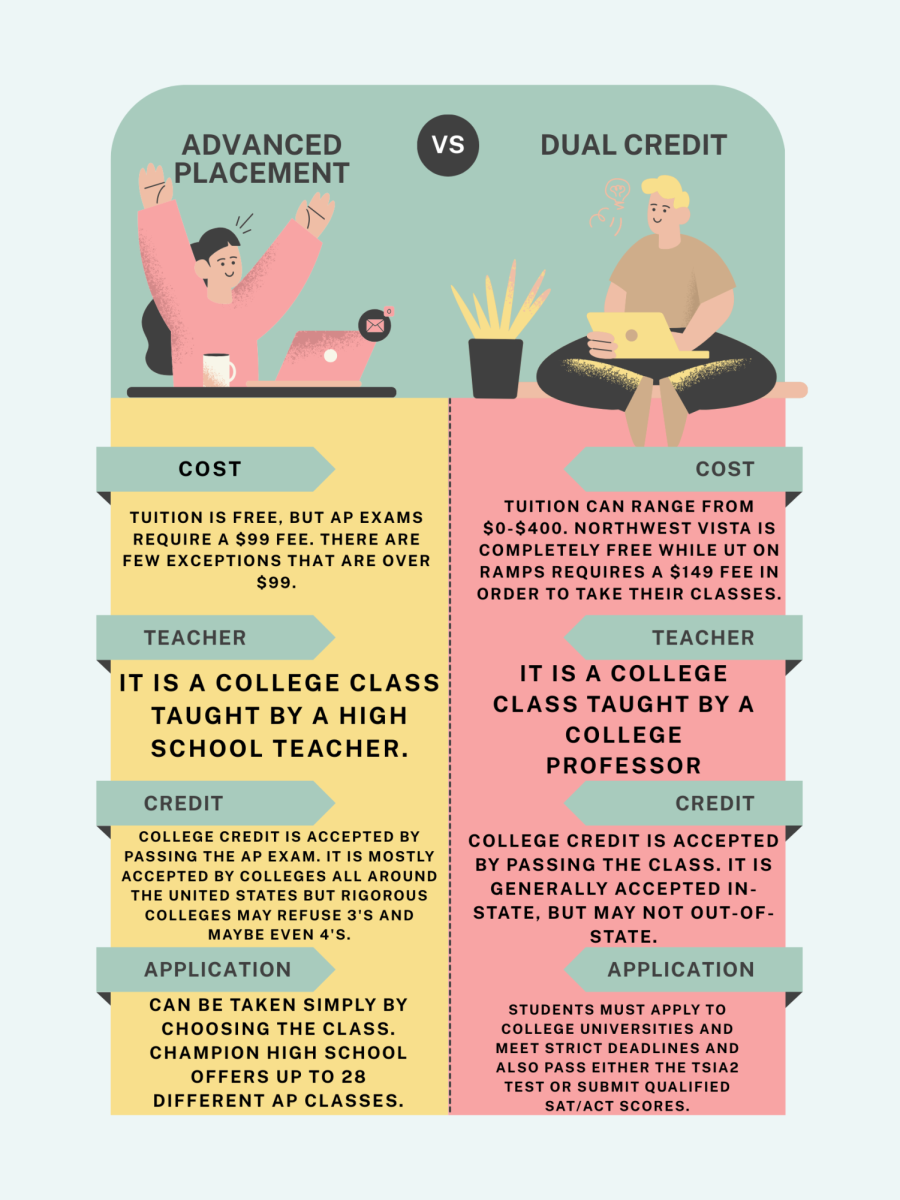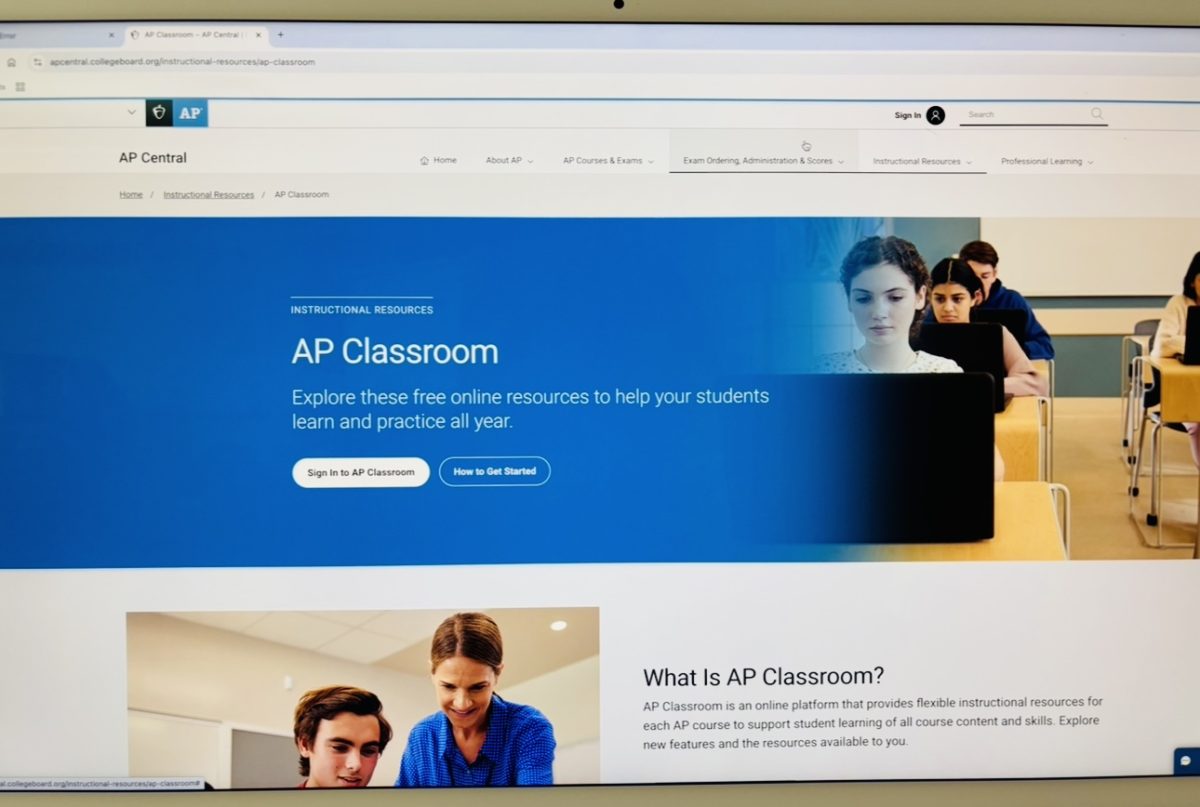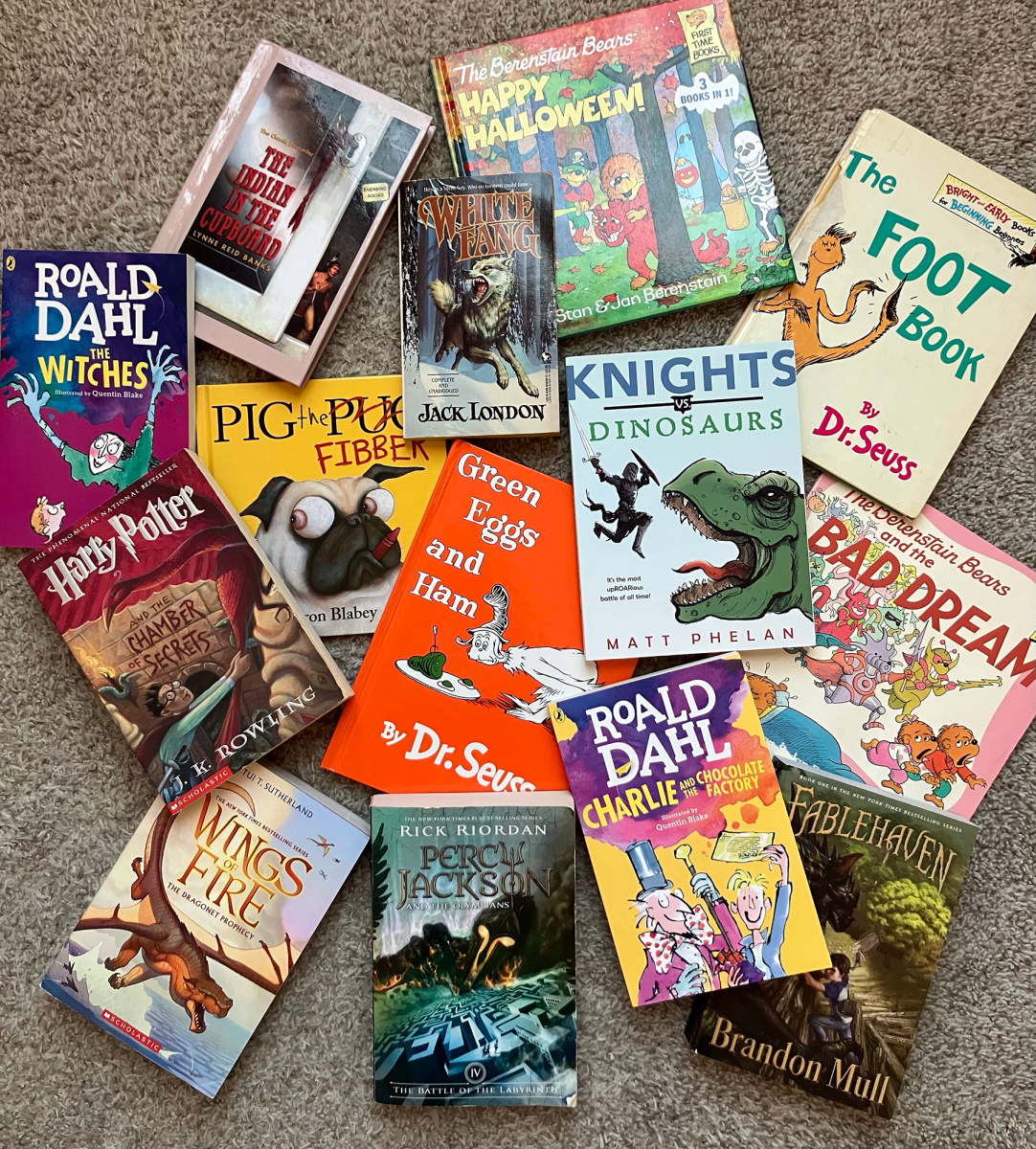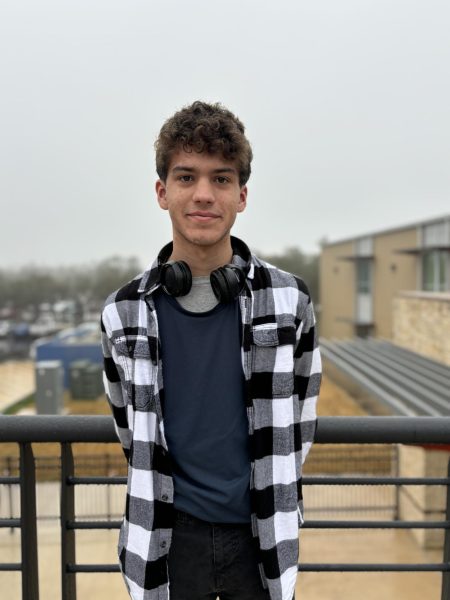Social media and apps on smartphones are inspiring today’s teenagers to be more artistic and advance the way that art is made. While social media can be a powerful tool for inspiring creativity and spreading a user’s own creativity, cell phones can also help a user make art.
Cell phones are equipped with many ways to create film, illustration, or music through various apps like Adobe Rush, Procreate, and GarageBand.
“Often, students come into art classes feeling anxious and vulnerable. They are asked to create work that reveals their technical abilities as well as their personal worlds,” According to Matt Christensen’s article ‘The Importance of Sharing Your Own Artwork With Your Students’ on theartofeducation.edu, “By showing our own artwork with students, we join them in the risks of vulnerability.”
Smartphones allow for more change in the art industry, with more artists being able to easily share their works.
“Cell phones give people the opportunity to share their art,” sophomore Juliette Betz said. “It gives them a simple and easy way to build a career off of it with social media.”
Since smartphones have advanced, the art industries have become more dependent on them. Artists use apps on smartphones that make it much easier to draw, record, and produce. Some of these apps include Ibis Paint X, which is an illustration app that now includes animation, RealDrums, a drumming simulator that can record your performance with its drum buttons, and Capcut, which is an editing software that comes with a multitude of features like the green screen.
“Apps like Procreate or Ibis Paint that are free or really cheap and commonly discussed promote younger artists and creative minds,” sophomore Ella Shoemaker said. “It helps younger artists have an idea of what they could want to do creatively, like storyboarding, animating, concepts, ect. And with the promotion of these apps people who don’t have supplies like Xppen tablets or Apple Pens can have an opportunity.”
Because of the apps that have made the art industry more accessible to the public, there is a large variety of online tutorials and a selection of applications available to anyone with a smartphone.
“The art industry has doubled in size. It is way more accessible, in all ways. Finding art tutorials is one search away,” Betz said. “This means that apps designed for creating art of course have been created. Oftentimes, tools for digital art can get pricey, [but having] a simple app on your phone makes it astoundingly simple to pursue digital art.”
These additions aren’t all great, however, as drawbacks do exist, such as Artificial Intelligence, which is a recent controversial addition to the art industry that is not good for artists as it could put them out of business.
“AI takes art already created [by artists] and uses it, which isn’t that different from an artist taking inspiration from other artists,” freshman Kanon Mcgee said. “However, the issue is that it lacks personality and humanity. The “art” is not created with emotion or feeling at all.”
Creativity as a human quality is critical for the future as humanity’s creativity continues to evolve like in the Renaissance Era when there was a massive boom in art and storytelling.
Artificial Intelligence isn’t where the issue ends, social media can also be intimidating to new artists trying to show off their work or trying to make their own pieces.
“Social media can be a great tool for marketing and building a community, but it’s a double-edged sword,” Betz said. “Social media often makes me doubt my skills as a photographer and painter, by showing me people who are objectively better at them than me.”


